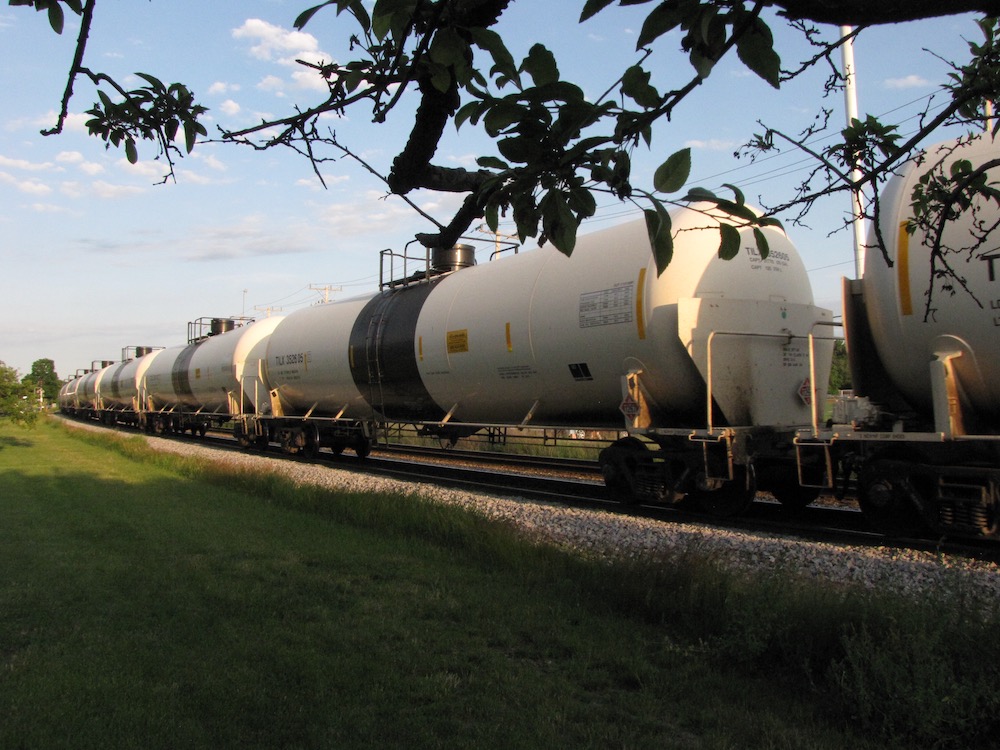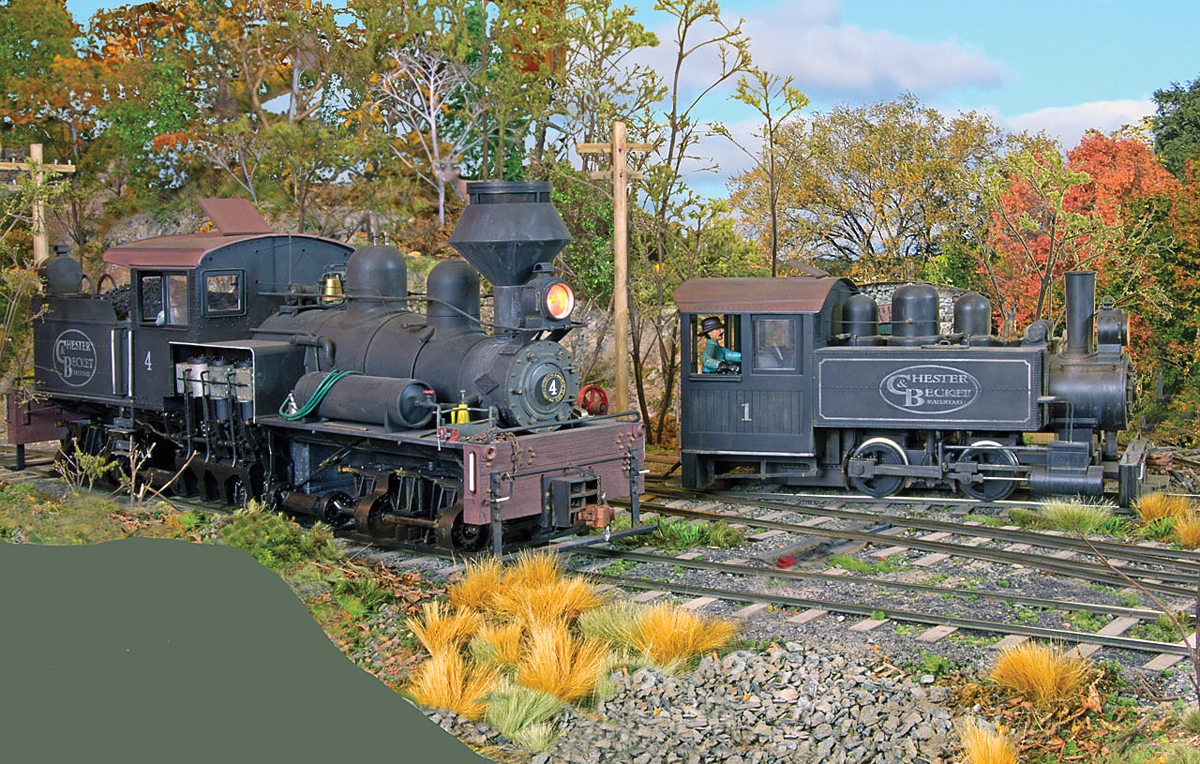
A Tank-car color schemes, just like diesels, is up to the car’s owner or lessee. Other than a small number in railroad company service, though, tank cars are owned or leased by shippers, and thus are in dedicated service. They are not distributed by railroads in the same way as, for example, a general-service boxcar, which could haul canned goods on one trip and then boxes of paper towels for a different shipper on its next trip. A tank car leased by Dow Chemical, for instance, when empty will always be returned to the appropriate Dow plant for its next load; that corn syrup tank car to which you refer will always be returned to the appropriate processing plant. Further, tank cars carrying hazardous materials must be placarded to indicate the load, and many cars are also stenciled with their lading. – Jeff Wilson
Q I’ve read that in the early days of railroading, trains would pick up mail “on the fly,” without stopping. How was this done? Was mail delivered on the fly as well? How long did mail trains remain in service? – James McDonald, Seattle
A The process, which involved a trackside device similar to later ones used to deliver train orders to moving trains, was common at small towns where trains were not scheduled to stop. As the train approached a pick-up point, a mail clerk in the Railway Post Office car (“RPO”) would raise a hook mounted on the side of the car from its normal position against the car to face outward. A sack of outbound mail, tied in the middle, was stretched between two arms of the pick-up device raised by the station agent when a train was approaching. The bags were held vertically with break-away clips at top and bottom. The hook snared the bag, whereupon the mail clerk would lower the device’s arm and manually bring the bag into the car.
And yes, mail was also delivered on the fly, but the procedure was decidedly low-tech. The clerk, who hoped for decent aim, would simply toss the mailbag out the door onto the station platform. Sometimes a single clerk would do both for the same station – operate the hook and throw or kick the mailbag out. Those on the ground were wise to be alert for flying mailbags.
RPO cars, in which mail was sorted en-route, were a U.S. standard through the 1950s, but their numbers declined greatly in the ’60s as government mail contracts with railroads were canceled in favor of more airmail and regional mail-sorting. RPO runs lasted into the Amtrak era on the Northeast Corridor, with the last run, a New York-Washington route, occurring in 1977. – Jeff Wilson and J. David Ingles
Q On a vacation trip through the northern Nevada desert, I noticed a single auto-rack car parked on a siding next to the Humboldt River in the proverbial “middle of nowhere” on the Union Pacific. What would be a plausible scenario for a car to be spotted there? – Chet Hummin, Phoenix
A Most likely a train set the car out because of a defect, such as a hot wheel bearing. Assuming that’s the case, a crew will be sent to repair it, and the car will then be picked up and moved to its destination. – Jeff Wilson
Q What is a “self-steering truck” on a locomotive? – David H. Frantz Jr., Vineyard Haven, Mass.
A Self-steering trucks have flexible components that allow each axle to “follow a curve” rather than having all three axles contained within a single rigid frame, whose wheels exert more force on the outside rail as it goes through a curve. The objective is to reduce wear on the head of the rail. – J. David Ingles
Q Railroad track curvature is usually expressed in degrees, such as a 10-degree curve or a 5-degree curve. Model railroaders, on the other hand, express curvature as a radius, usually in inches, which is easy to understand and easily converted to scale feet. How is the degree curvature of real track calculated and determined, and how does it relate to a curve’s radius in feet? – Robert Booth, Santa Clara, Calif.
A The degree of a curve is the angle in degrees that the track turns in 100 feet. (It’s 100 feet because, in real life, it’s a practical length of chain or cable for a survey crew.) A conversion of degrees to radius utilizes this formula: The radius in feet equals 5,729 divided by the curvature in degrees. Thus, a 1- degree curve is equal to a radius of 5,729 feet (5,729/1); a 5-degree curve has a radius of 1,146 feet, and a 10-degree curve has a radius of 573 feet.
Railroads keep curves to a couple of degrees whenever possible, especially on main lines, but hills, mountains, rivers, city streets and structures, and other impediments sometimes make sharper curves necessary. As an example, a 10- degree curve is considered sharp for a main line (and would have a speed limit of about 30 mph); curves of 15 degrees and sharper are used, but only on lowspeed trackage. – Jeff Wilson
Q In watching Amtrak Northeast Corridor “Regional” trains passing through my hometown, I’ve seen at the end of trains a pantograph-equipped car named Corridor Clipper. What is this car for? – James L. Tierney, Branford, Conn.
A The Corridor Clipper (car No. 10002) is a track-inspection car, used by Amtrak to check track geometry. The pantograph doesn’t draw power; it is used to check the height of the overhead catenary wire. – Jeff Wilson













